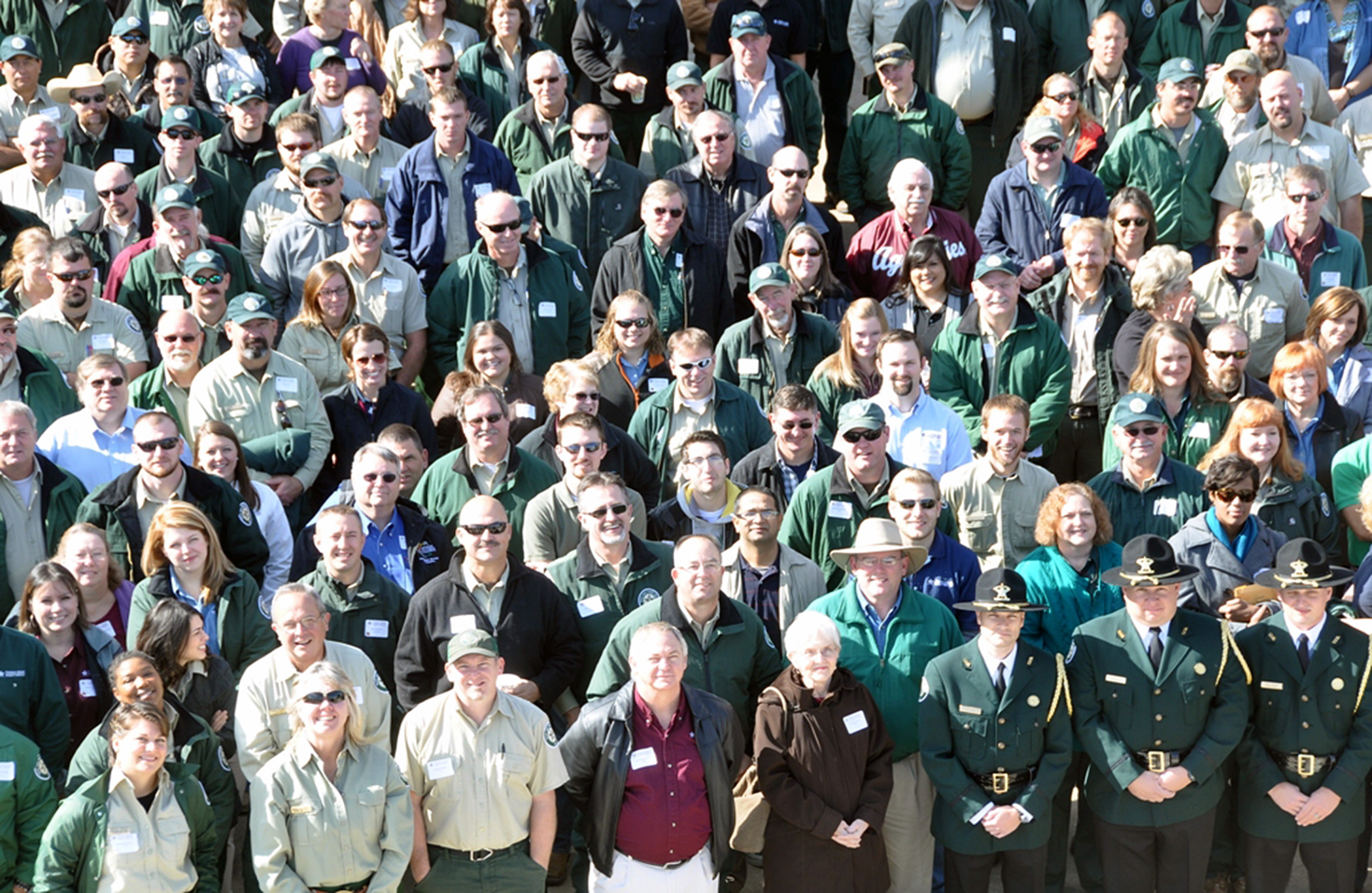Establishing Texas state forests
By 1920, the need to replenish the nation’s dwindling forests started to receive major attention at both the national and state levels. Over the next decade, Texas increased fire protection, established several state forests for education and demonstration purposes and set up state nurseries to provide seedlings as the first step in reforestation.
The 1923 forestry appropriation bill approved $20,000 for purchase of cut-over lands to serve as state forests. In 1924, the 1,702 acres of cut-over land near Kirbyville became State Forest #1, later named E. O. Siecke State Forest.
In 1925, the 1,616 acres near Conroe became State Forest #2, later named W. Goodrich Jones State Forest.
The 39th Legislature, in 1925, directed a study of conditions affecting the state’s timber supply and recommended the reforestation of privately-owned timberlands. This required seedlings but there were few seed trees left standing in most harvested areas. This need for seedling nurseries led to the transfer of 2,350 acres in Cherokee County from the State Prison System to the Department of Forestry becoming State Forest #3, later named I. D. Fairchild State Forest.
John Henry Kirby donated approximately 600 acres in Tyler County in 1928, creating State Forest #4, later named Kirby State Forest. Kirby required that revenue from the sale of forest products from this state forest be given to the Association of Former Students at Texas A&M College for scholarships.
In 1935, Houston County donated 660 acres to the state. This tract, the fifth state forest was named the Mission State Forest. This state forest was transferred to the Texas Parks and Wildlife Department in 1957 and became Mission Tejas State Park.
In 1985, about 520 acres located 3 miles southeast of Buna, Texas, in Jasper County was donated by Mrs. Leonora Masterson. Her husband, Paul Masterson was a former tree farmer and member of the Texas Forestry Association. Masterson State Forest became State Forest #5. Funds from the tract of timber income provide graduate student scholarships in forestry at Texas A&M and Stephen F. Austin State Universities.
Today, Texas A&M Forest Service (TFS) operates five state forests. Four of the lands are primarily working forests managed for timber production, wildlife habitat and ecosystem services such as carbon sequestration and storage, water filtration and flood control. The fifth state forest is used as an outdoor classroom. The Jones State Forest is nestled amid the booming housing and business development of Conroe, earning the unofficial moniker of Houston’s Backyard. Forestry practices such as mulching, thinning, harvesting, prescribed burning, and managing for wildlife habitat are showcased here to educate visitors on how to keep our lands healthy and productive. Sponsored educational programs on the forest also help people understand and connect to the land.


